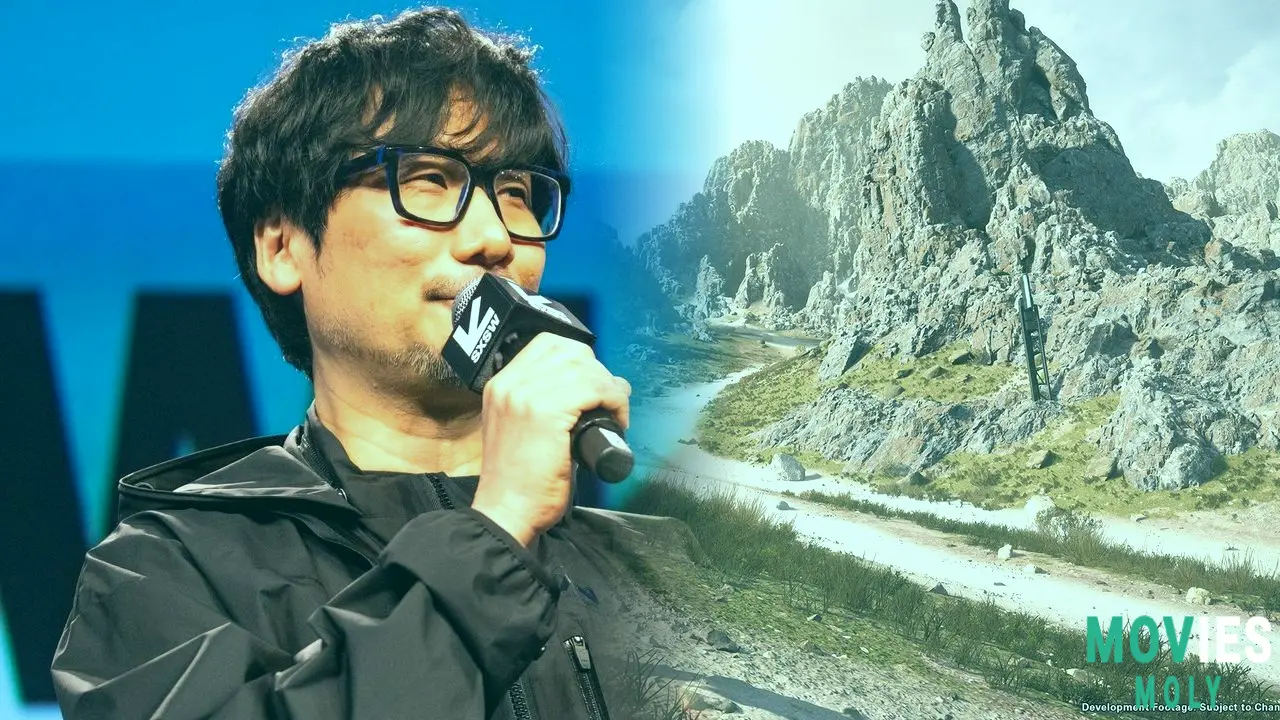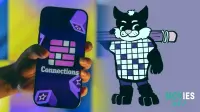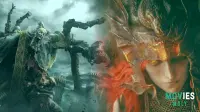Hideo Kojima’s Death Stranding 2: On the Beach isn’t just a sequel—it’s a reinvention of what the original game dared to be. Releasing on June 26 for PS5, and featuring a 48-hour early access window for select editions, the follow-up to Kojima Productions’ 2019 cult hit takes Sam Porter Bridges back into a world that’s even more fractured, strange, and emotionally loaded than before.
This time the story moves faster, but still hits full emotional velocitySet 11 months after the events of the first game, the narrative of Death Stranding 2 pushes you forward from the moment you regain control of Sam. Instead of the slow world-building crawl in the original, the sequel throws you into the chaos with a sharper pace. Sam’s quiet life with Lou is interrupted by Fragile, and before you know it, you’re trekking from a sun-scorched Mexico to a rain-soaked Australia across a new shattered society.
Kojima’s storytelling remains dense and symbolic, but the tempo makes it feel more like a thriller than a meditative stroll. Key characters from the original return in new roles, and new faces like Ella Fanning’s Tomorrow and the uncanny Dollman—whose soul inhabits a puppet’s body—add flavor and mystery to the journey. The interactions onboard the Magellan ship, a floating base that feels more like a home than a hub, are a significant improvement. Having a central location to bounce between characters creates a narrative rhythm that was missing in the first game.
Combat is no longer a chore—it’s a flexible, satisfying tool
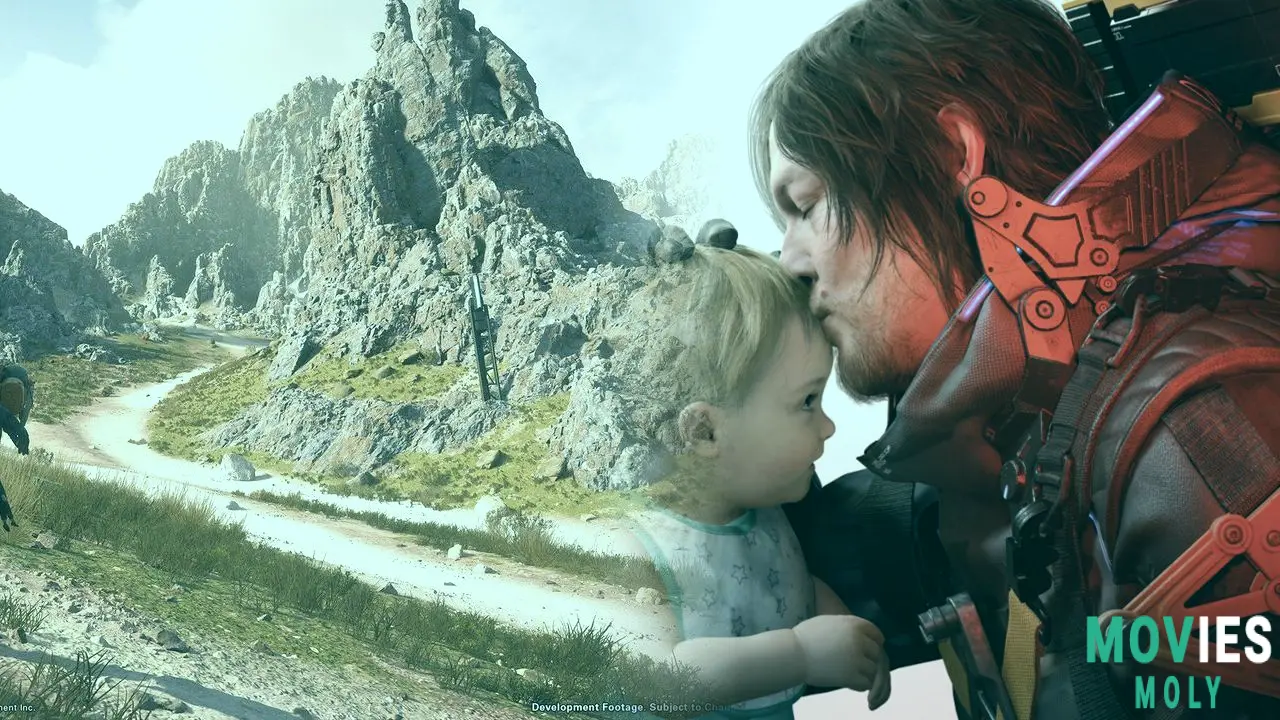
If you dreaded combat in the first Death Stranding, you’re not alone. The original often pushed players to avoid fighting altogether to prevent catastrophic “voidouts.” Death Stranding 2 flips that script. Now, combat is optional, but thoroughly improved. Weapons feel tight and purposeful. Enemy outposts can be infiltrated stealthily with a strand rope and holographic decoys, or blown up in a reckless, glorious fashion with blood-powered guns that draw from Sam’s own biology.
The new gadgetry is inventive and fun. Hologram grenades create fake cover out of thin air. Decoy grenades lure enemies with digital illusions—a kangaroo distracted a guard long enough for me to take a tranquilizer shot. Even melee combat shines, with movement-enhancing exoskeletons turning takedowns into something that feels more like pro wrestling than cargo delivery.
Kojima himself says he doesn’t mind players leaning into the action more than stealth. And with tools like the surveillance Dollman (think: a puppet drone) and grenades that mimic BTs to scare off human enemies, the freedom to approach combat your way has never been greater.
The world is more alive, reactive, and beautiful than ever
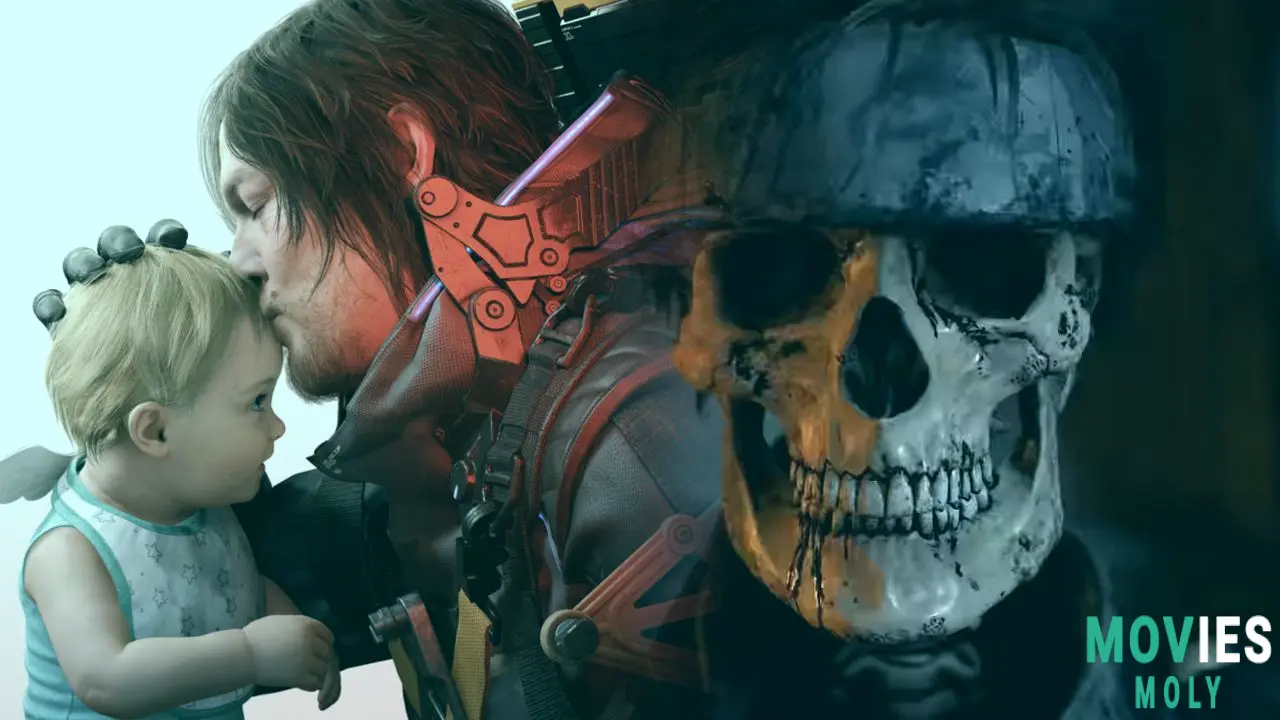
Death Stranding 2’s environmental design is a love letter to nature’s beauty and brutality. The Australian setting is rendered with such precision that you can feel the dust in your lungs during a desert walk, and the wetness on your boots in a forest fire isn’t just visual—it’s atmospheric. An optional aerial camera lets you admire the sprawling landscapes from above, turning your delivery runs into cinematic hikes.
Weather and terrain now play a bigger role. Gate Quakes shake the ground beneath you. Timefall has a new counterpart in Corefall, which ages and rejuvenates on contact. A pregnant character named Rainy creates a personal bubble of Corefall around her, and the way this interacts with the world (and with Dollman) is both clever and thematically resonant.
Player choice shapes Sam’s abilities like never before
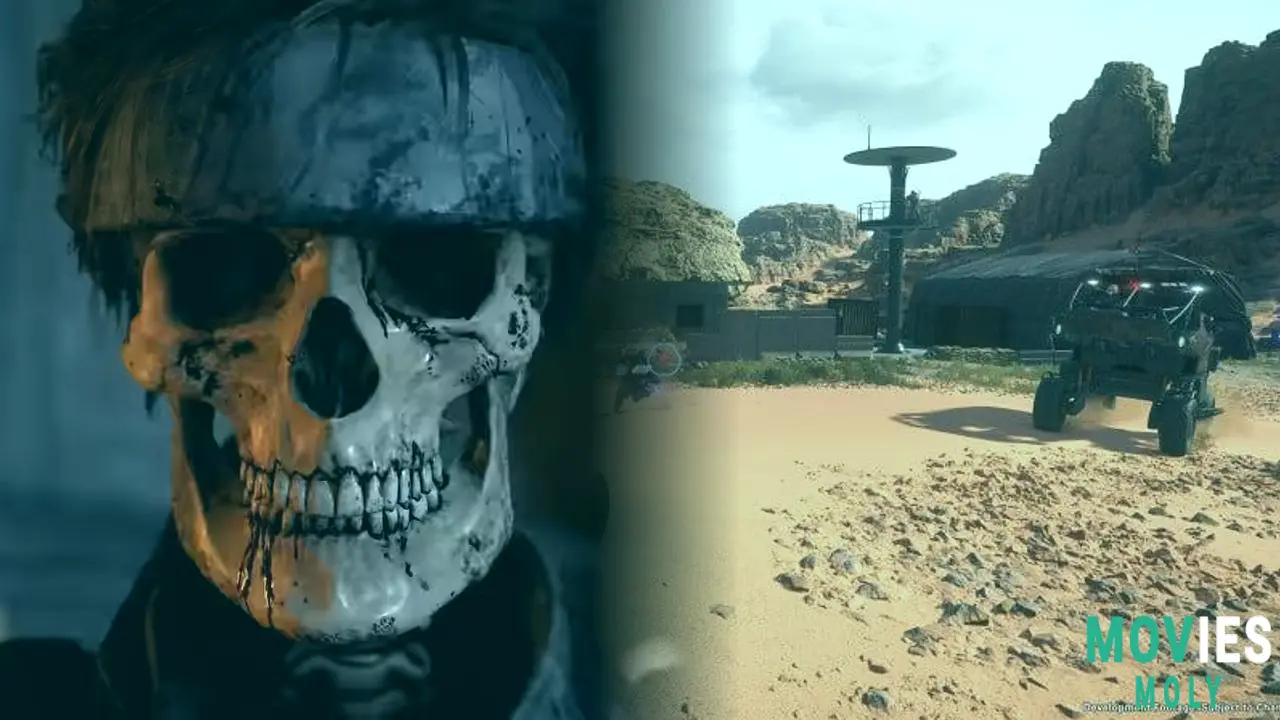
Gone is the one-size-fits-all Porter Grade. Sam now levels up in 12 distinct proficiency categories based on how you play. If you rely on combat, your fighting skills improve. If you haul cargo through rough terrain, your balance and endurance get better. It’s a natural progression that rewards your style instead of forcing you into a mold.
The introduction of the Automated Porter Assistant System, powered by “memories” you collect, adds another layer of customization. You have to choose which traits to enhance—porter, combat, stealth, or servicemanship—and there aren’t enough memories to max them all. It’s a meaningful trade-off that encourages experimentation.
BT encounters and boss fights feel thrilling instead of tedious
The supernatural enemy types, or BTs, have been reimagined. The new Watchers can see you, not just sense you. This changes the dynamic dramatically. Now you can hide, distract, or assault them with blood weapons that feel like extensions of Sam’s own body. Killing BTs is no longer an afterthought—it’s a viable strategy.
Boss fights, a sore spot for many in the original, are now more dynamic and visually striking. One early battle in a fiery sequence called “Conflagration” blew me away with its intensity and style. It’s less about drawn-out mechanics and more about cinematic engagement—without sacrificing player agency.
Kojima embraces player behavior and gives us tools to play how we want
What’s most impressive about Death Stranding 2 is how much it learns from player feedback. The Social Strand System returns, now with more ways to interact and build without forcing connection. The monorail, a new infrastructure element, lets you create fast travel networks. Players who loved building highways in the first game will find even more toys to play with.
Kojima says he wanted players to fight more and deliver differently. He got that. And he gave us a game that supports both the pacifist explorer and the action-loving tactician. It’s a balance that few games manage to strike.
Final thoughts: A bold sequel that actually deliversDeath Stranding 2: On the Beach is a rare sequel that doesn’t just build on its predecessor—it reshapes it. It keeps the soul of the original in place but polishes the mechanics, tightens the story, and adds layers of player choice. Whether you loved the first game’s quiet existential delivery or just tolerated it, the sequel gives you more freedom to engage with the world in your own way.
Kojima once asked if we should have connected. Now he’s asking if we should even be connected at all. And he’s letting us walk, fight, and think our way through that question once more.

